Since this is technically a blog article and my market updates live in a separate section over at TetonValleyRealty.com, I’m going to treat this market update more like a blog post, just to convey my general feelings and sentiment of the market.
Residential
The residential sector of the market in Teton Valley and surrounding counties (Teton County, Wyoming and Lincoln County, Wyoming) all share similar attributes and challenges, though at different price points.
Dare I call any sector of the residential market “starter homes” (considering the average residential sales price in the Teton regional MLS is well over a million bucks) this sector of the market seems to be accumulating the most days on market and is faced with the greatest challenges. Why? Back to that average sales price. While the average sales price in communities like Teton Valley and Alpine are under 1m, they are still big numbers. Combined with interest rates which remain stubbornly high, we are beginning to see Summer price reductions. In other words, residential listings priced under 1.2m in the bedroom communities or maybe 2m in the Jackson area (which generally excludes the luxury/second home market), are faced with the most difficult sector of the market today. Despite this seemingly grim data for Sellers, inventory is still extremely limited, and opportunities that fit the bill for most consumers are still few and far between.
The luxury market in all sectors (once again, at different price points depending on the micro market) seems to still be churning along, if impacted by nothing other than increasing inventory, primarily due to more builders jumping into the game, or at least focusing on projects of this caliber. Many similar models I have sold for builders have crept up ever so slightly in terms of price, but the market seems to be fairly stable. Summer inventory does seem to be further increasing, which could have a slight impact as the market stabilizes from the short-term yet jarring effects of the Teton pass closing, and the speculation of long-term closure, now behind us.
Condos and townhouses are certainly plentiful, but inventory is slowly being absorbed. While I felt we were at a high point in terms of supply towards the end of last year and into the Spring, it does seem that that market is stabilizing.
Predictions; to summarize, it’s obviously still difficult to see where the general economy takes us with inflation seeming to cool but interest rates remaining stubborn. For those that have been waiting to jump in, the message from many of the lenders in the marketplace has been to jump in now while Sellers in the “starter home” price point are vulnerable, taking advantage of lower interest rates when a refinance is realistic. That sentiment may have been a little premature a year ago, but it does seem that inflation is cooling and rates are likely to soon decrease. The “covid craze” seems to be subsiding, and some sellers appear to be faced with, and accepting reality in that regard. I know that many Buyers are waiting for a correction, but from my perspective, I hear fewer that believe this is soon to happen than those that think it won’t happen anytime soon.
Land
I have long said that the land market seemed to have stabilized towards the end of 2021, with the tremendous gains capped by new inventory and market stabilization. I still see small spikes and valleys in those trends in specific areas, the Teton view corridor is a good example. Ample supply (though unusual in these areas) can reduce overall prices, while limited availability can have the opposite effect, but in an even more dramatic way. Other parcels with some form of unusual feature can also benefit from limited supply, such as industrial zoned land, land without covenants and restrictions, land with interesting terrain, water features, trees or otherwise have all seen greater increases. Some areas, however, have seen greater instances of stabilization or even a slowdown, particularly those that lack any unique aspects or reside in communities with strict guidelines that require more expensive builds.
Construction
As an aside and in line with the last sentence above, construction costs have remained surprisingly resilient to cooling and inflation. While some materials have reduced in cost, others have increased. Subcontractors are showing no signs of slowing down in terms of cost increases, which tells me that there is still plenty of work on the horizon. Many local governments have been inundated with new custom and speculative bills and just like the huge cost increases in terms of construction costs keeping new projects at bay, the difficulty in obtaining building permits, combined with stubborn construction costs has kept new inventory from exploding. It’s frustrating for builders and investors, but it’s probably keeping the market under control at the same time.
